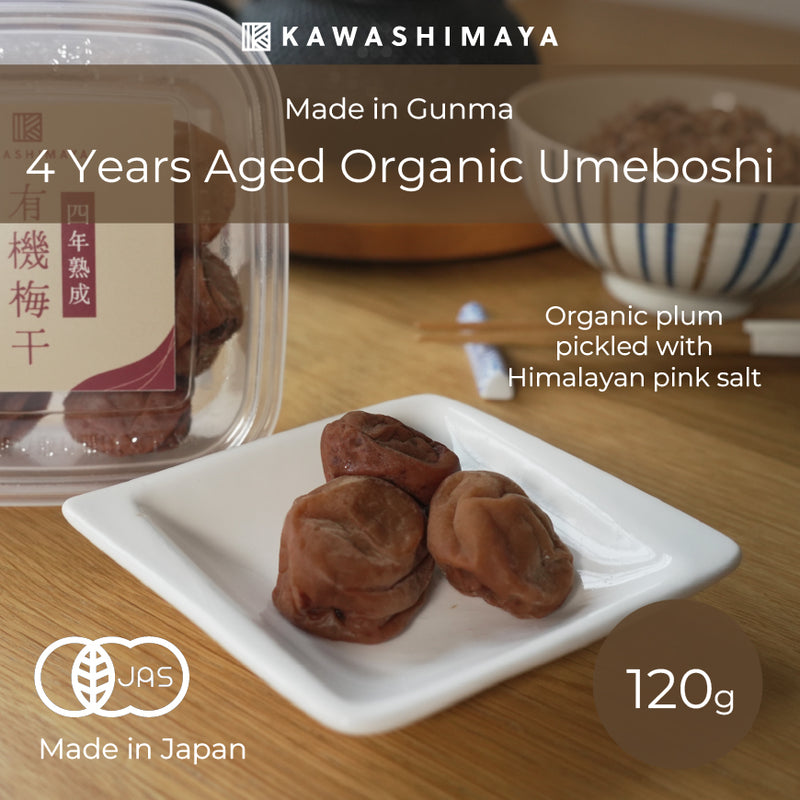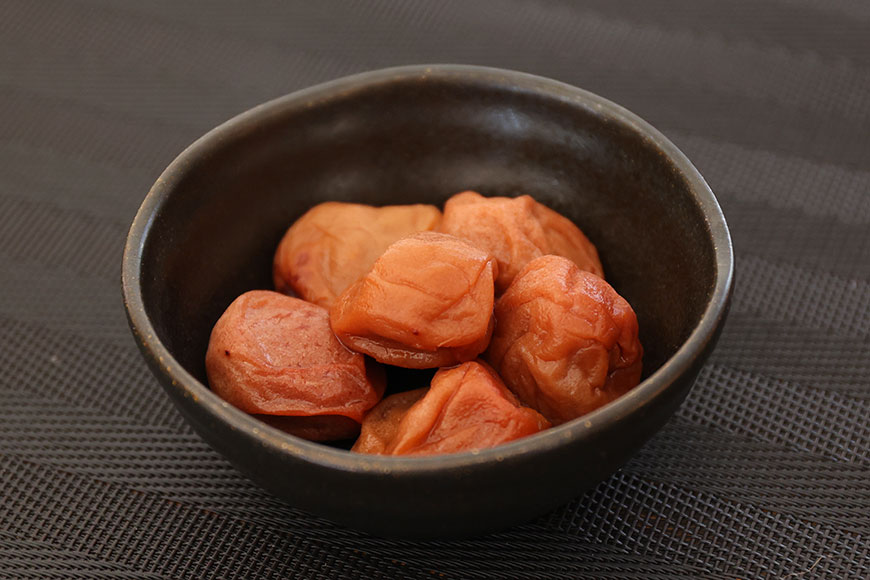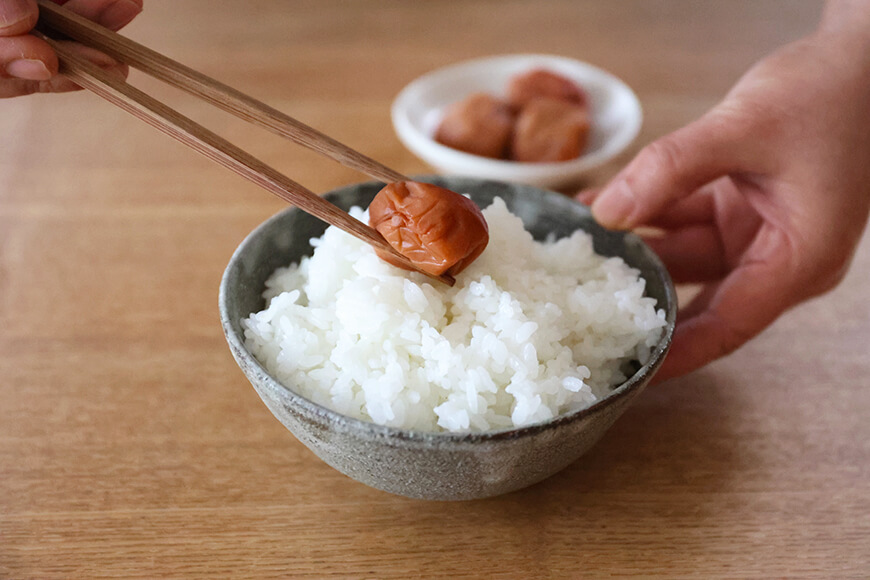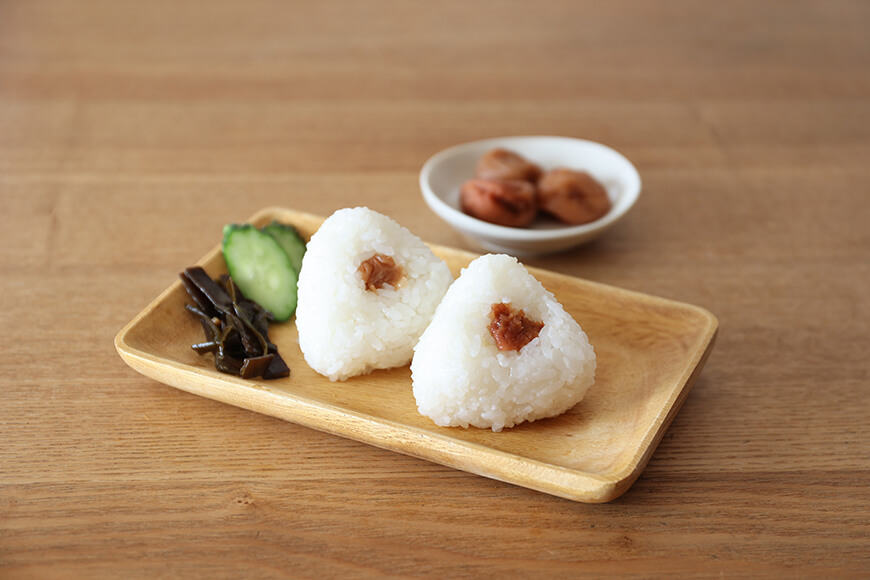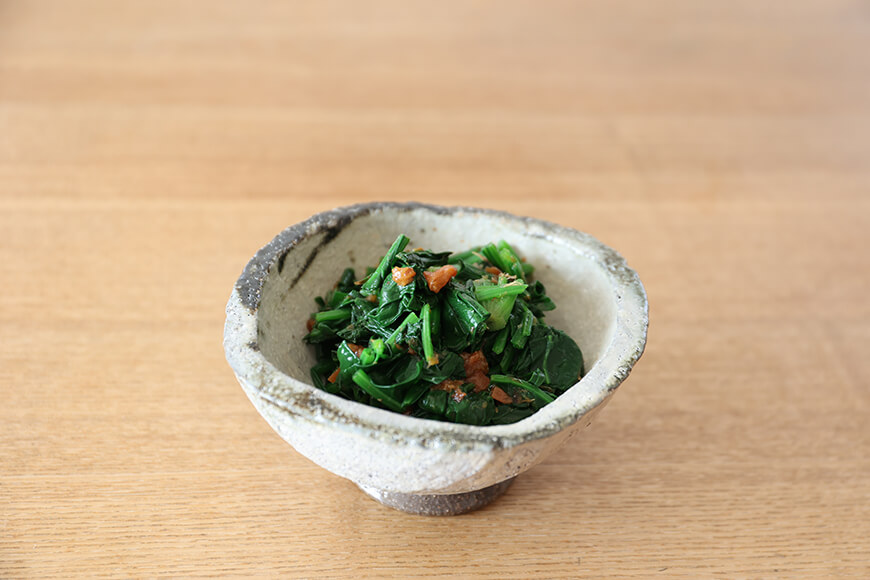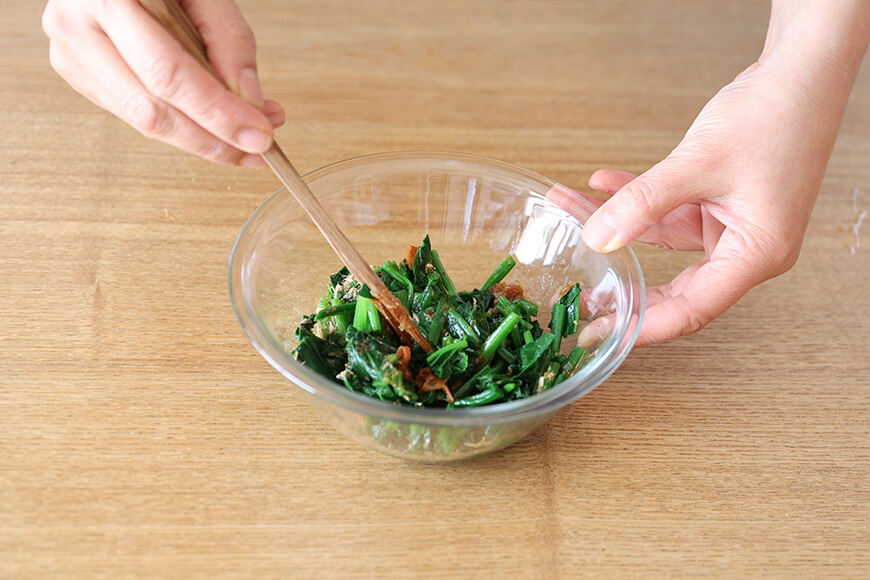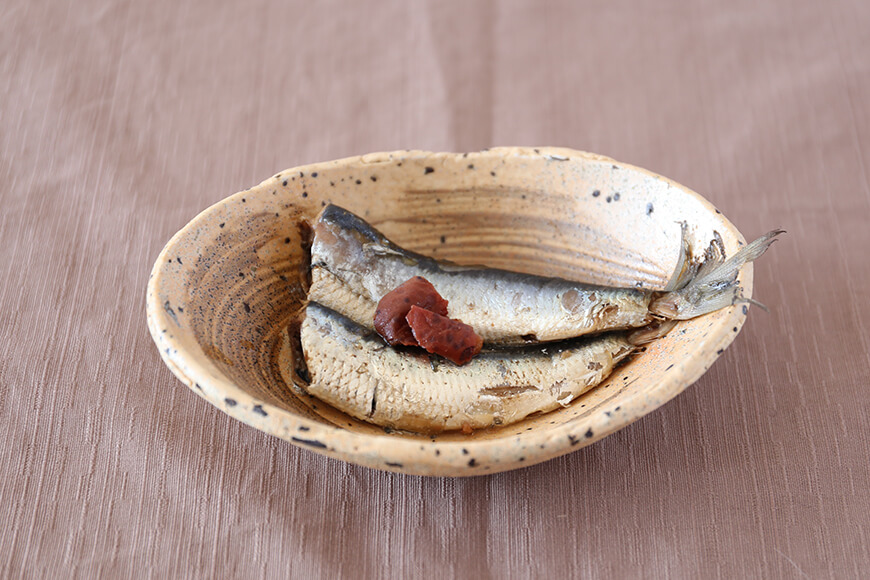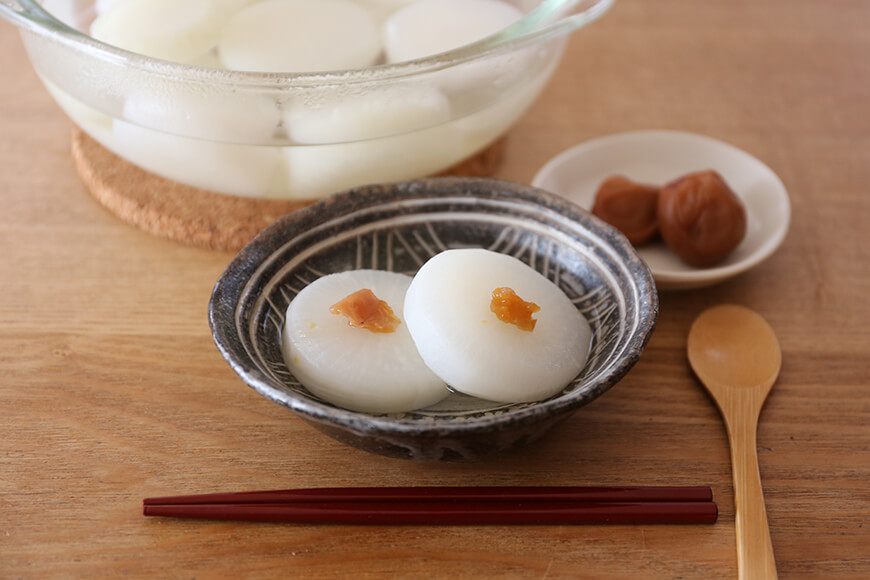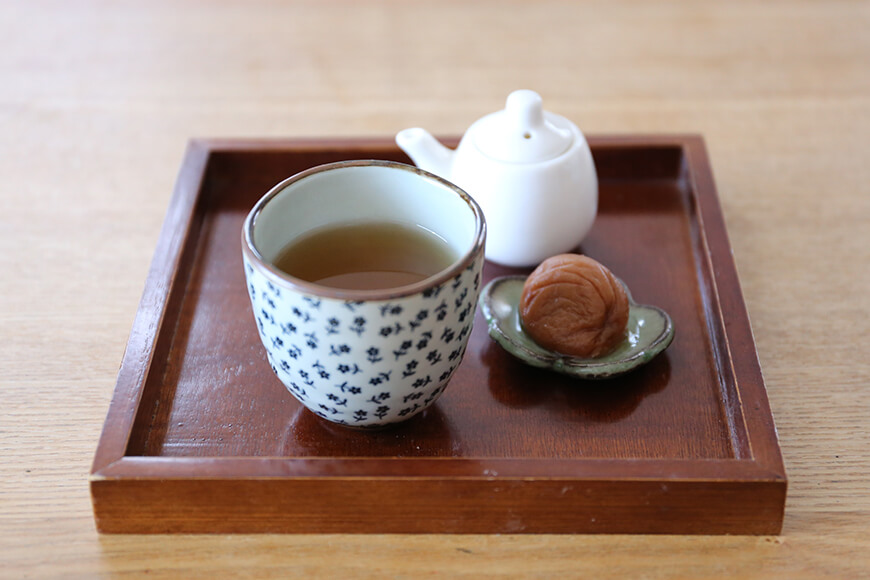Message from the Producer

Yuasa Farm has been producing ume for over 100 years across five generations in fields overlooking Mt. Haruna in Takasaki City, Gunma Prefecture.
We operate a fully integrated 6th-sector business, handling everything from cultivation to processing and sales.

We use grass-grown cultivation to promote healthy soil microbes and grow ume with high-quality natural compost. No synthetic pesticides, fertilizers, or herbicides are used.
Solar power is used to operate electric farming equipment. Pruned branches become fuel for heating and hot water. Glasshouses are used for drying to avoid plastic waste. We are committed to eco-friendly, safe, and delicious umeboshi production.

